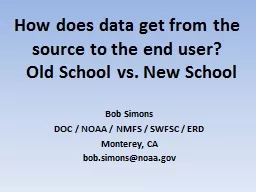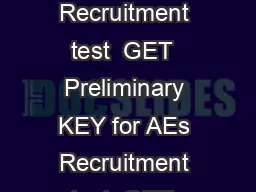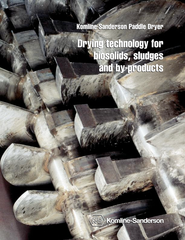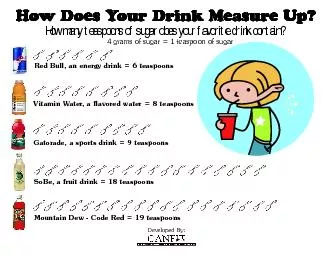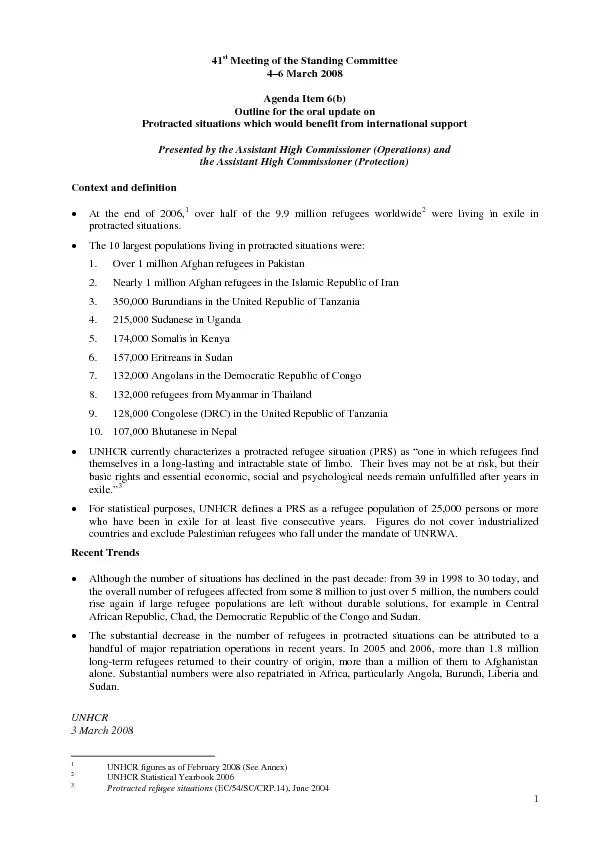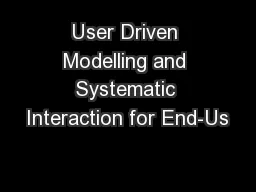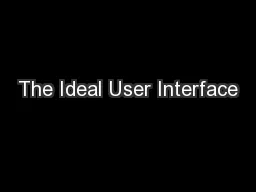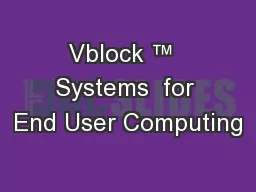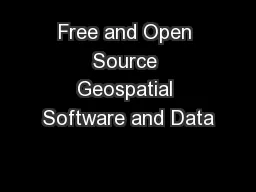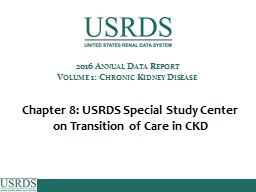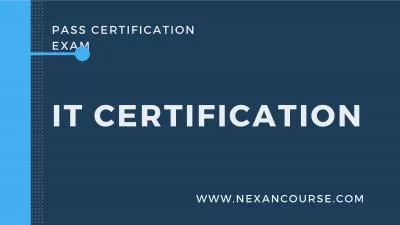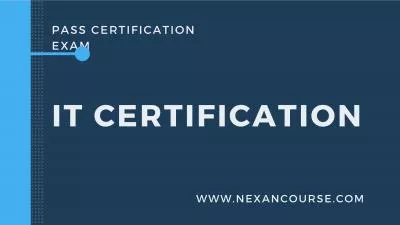PPT-How does data get from the source to the end user
Author : karlyn-bohler | Published Date : 2018-12-07
Old School vs New School Bob Simons DOC NOAA NMFS SWFSC ERD Monterey CA bobsimonsnoaagov All Data Sources All Users Diverse From the Server to the User Server
Presentation Embed Code
Download Presentation
Download Presentation The PPT/PDF document "How does data get from the source to the..." is the property of its rightful owner. Permission is granted to download and print the materials on this website for personal, non-commercial use only, and to display it on your personal computer provided you do not modify the materials and that you retain all copyright notices contained in the materials. By downloading content from our website, you accept the terms of this agreement.
How does data get from the source to the end user: Transcript
Download Rules Of Document
"How does data get from the source to the end user"The content belongs to its owner. You may download and print it for personal use, without modification, and keep all copyright notices. By downloading, you agree to these terms.
Related Documents

